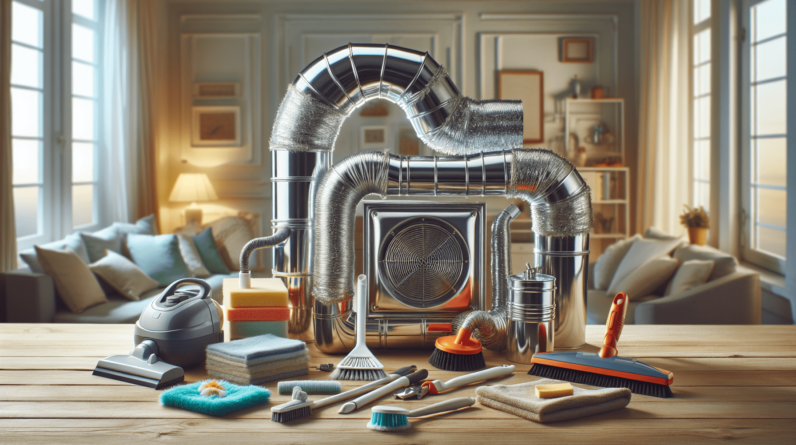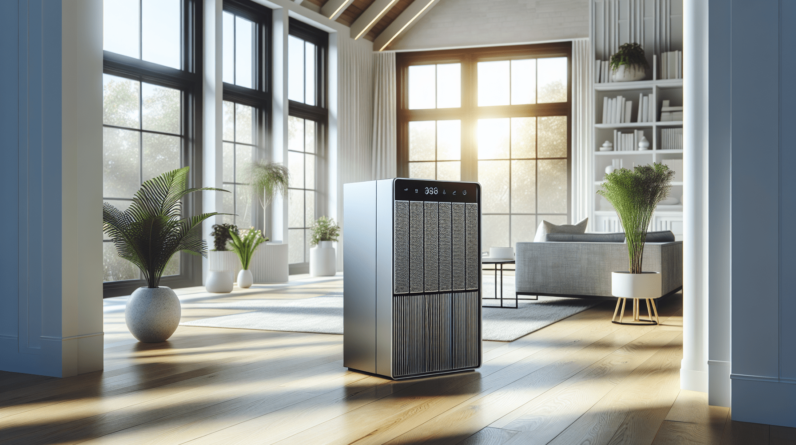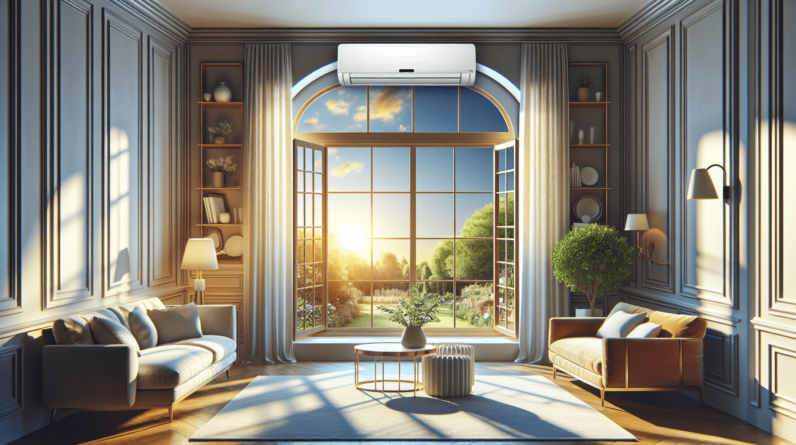

Have you ever found yourself sweltering in the summer heat or shivering during a chilly winter night, wishing you had a reliable way to control your indoor climate? If you have, you’re not alone! Many people turn to heating and air conditioner window units as a practical solution for temperature control in their homes.
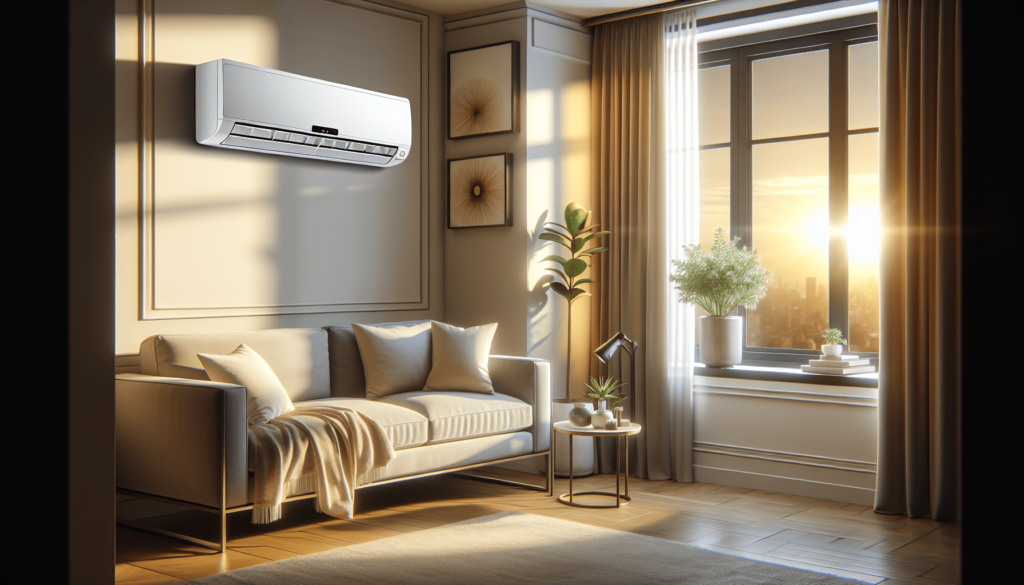
What is a Heating and Air Conditioner Window Unit?
A heating and air conditioner window unit is an all-in-one appliance that operates as both an air conditioner and a heater, making it incredibly versatile. These compact units fit snugly in most windows, allowing you to cool or heat a single room with ease.
The beauty of window units lies in their design: they are specifically engineered to be efficient in providing thermal comfort without the extensive installation that central HVAC systems require. This can make them an accessible and cost-effective choice for many households.
How Does a Window Unit Work?
To fully appreciate the benefits of window units, it helps to understand how they operate. At its core, this unit utilizes various basic principles of thermodynamics. When set to cooling mode, refrigerant inside the unit absorbs heat from the room and expels it outside. In heating mode, the process is reversed, where the unit takes in outside air and warms it before circulating it indoors.
The primary components involved in these processes are:
- Compressor: Compresses the refrigerant, increasing its pressure and temperature.
- Condenser Coils: Located outside, they allow heat to dissipate into the air.
- Expansion Valve: Lowers the pressure of the refrigerant, causing it to cool.
- Evaporator Coils: Absorb heat from the indoor air, providing cooling.
The Advantages of Window Units
Choosing to install a heating and air conditioner window unit comes with numerous benefits. Here are some of the most compelling reasons to consider these appliances:
-
Affordability: These units usually have a lower purchase price compared to traditional HVAC systems. They also require less expensive installation, as they can typically be set up as a DIY project.
-
Energy Efficiency: Many modern window units are designed to be energy-efficient. This means they can sometimes use less energy than larger systems, resulting in lower utility bills.
-
Flexibility: If you don’t need to heat or cool your entire home, a window unit allows you to target specific rooms. You can also take them with you if you move, making them a flexible option.
-
Easy Installation: Most units can be installed in just a few hours with basic tools and skills, providing you immediate relief from extreme weather conditions.
-
Temperature Control: You can have different settings in different rooms tailored to your comfort, avoiding uneven heating or cooling throughout your home.
Considerations Before Purchasing a Window Unit
Before you rush out to buy a window unit, there are a few considerations to keep in mind to ensure you choose the right model for your needs.
Size Matters
Selecting an appropriately sized unit is crucial to performance and efficiency. A unit that is too small will struggle to cool or heat your space, while one that is too large can lead to that uncomfortable temperature swing and increased energy consumption.
Generally, the capacity of window units is measured in BTUs (British Thermal Units). Here’s a quick guideline to help you understand the right BTU capacity for your room size:
| Room Size (sq. ft.) | BTU Capacity |
|---|---|
| 100 – 150 | 5,000 – 6,000 |
| 150 – 250 | 6,000 – 7,000 |
| 250 – 300 | 7,000 – 8,000 |
| 300 – 350 | 8,000 – 10,000 |
| 350 – 400 | 10,000 – 12,000 |
Make sure to also consider factors such as ceiling height, insulation, and sun exposure when determining the size of the unit you need.
Energy Efficiency Ratings
Pay attention to the Energy Efficiency Ratio (EER) and Seasonal Energy Efficiency Ratio (SEER) ratings, which indicate how efficiently a window unit operates. The higher the number, the more energy-efficient the model will be, translating to savings on your energy bill.
Noise Levels
What’s the point of having a comfortable room if the unit is so loud it keeps you awake? It’s wise to check the decibel ratings before making a purchase. Generally, a unit that operates at 50 decibels or lower is considered to be quiet.
Additional Features
Many window units come packed with features that can enhance your experience:
- Remote Controls: Allows you to adjust settings from across the room.
- Programmable Timers: Allows you to set your unit to turn on or off at specific times.
- Dehumidification Mode: Helps remove excess moisture from the air, making for a more comfortable environment.
- Air Filters: Built-in filters help improve indoor air quality, so look for units that are easy to clean and replace.
How to Install a Window Unit
Installing a window unit is generally a straightforward process, but following the correct steps ensures safety and functionality.
Step 1: Gather Your Tools
For most window unit installations, you will need:
- A screwdriver
- A level
- Measuring tape
- Weather stripping (often included with the unit)
Step 2: Prepare the Window
Start by measuring the window opening and comparing it to the unit dimensions. The window should open without obstruction, and you may want to clean the area to prevent dirt from entering the unit.
Step 3: Secure the Unit
Carefully lift the window unit into the window frame. Make sure it sits evenly and that the back of the unit is slightly tilted outwards to allow water drainage. Enclose any gaps in the window frame with weather stripping to keep air from seeping in.
Step 4: Secure the Window
Lower the window to secure the unit in place. If applicable, use brackets or screws that come with the unit for additional stability.

Step 5: Plug It In
Once secure, you can plug the unit into an electrical outlet. Avoid using extension cords, as they can pose fire hazards.
Step 6: Test It Out
Finally, turn on the unit and adjust the settings to ensure it’s operating correctly. Listen for any unusual noises or vibrations, which may indicate that it needs further adjustment.
Maintenance Tips for Longevity
To ensure your heating and air conditioner window unit operates effectively for years to come, regular maintenance is key. Here are a few tips to keep in mind:
Clean or Replace Air Filters
Regularly clean the unit’s filters according to the manufacturer’s instructions. A clogged filter can impede airflow, reducing efficiency and potentially leading to mechanical problems.
Keep the Unit Clean
Dust and debris can accumulate on the exterior of the unit. Regularly wipe down both the exterior and the area around it to ensure that the air intake isn’t obstructed.
Check for Leaks
Inspect for any signs of coolant leaks or unusual condensation outside the unit, as these can indicate an issue that needs to be addressed.
Seasonal Care
Before the seasons change, it’s advisable to check the unit’s functionality. If you notice anything unusual, take the time to either repair it or consult with an HVAC professional.
Store Properly
At the end of the cooling season, and if you’re not using the unit for heating, consider taking it out of the window and storing it in a dry place to protect it from potential weather damage.
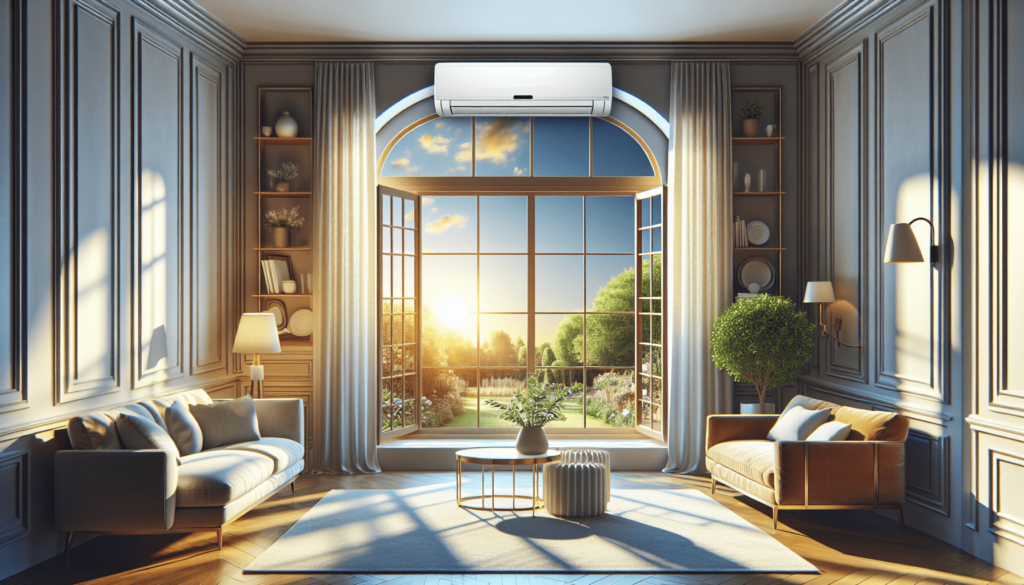
Conclusion
A heating and air conditioner window unit can provide the perfect balance of comfort, affordability, and convenience for your climate control needs. By understanding the functioning, advantages, and maintenance of these units, you can make an informed decision about whether they fit your lifestyle and your home.
You’re well on your way to managing your indoor climate effectively, ensuring that whether it’s a scorching summer day or a chilly winter night, you can enjoy the temperature that suits you best!
Ultimately, the right heating and air conditioner window unit can drastically enhance your living experience, ensuring comfort year-round. Happy temperature regulation!

